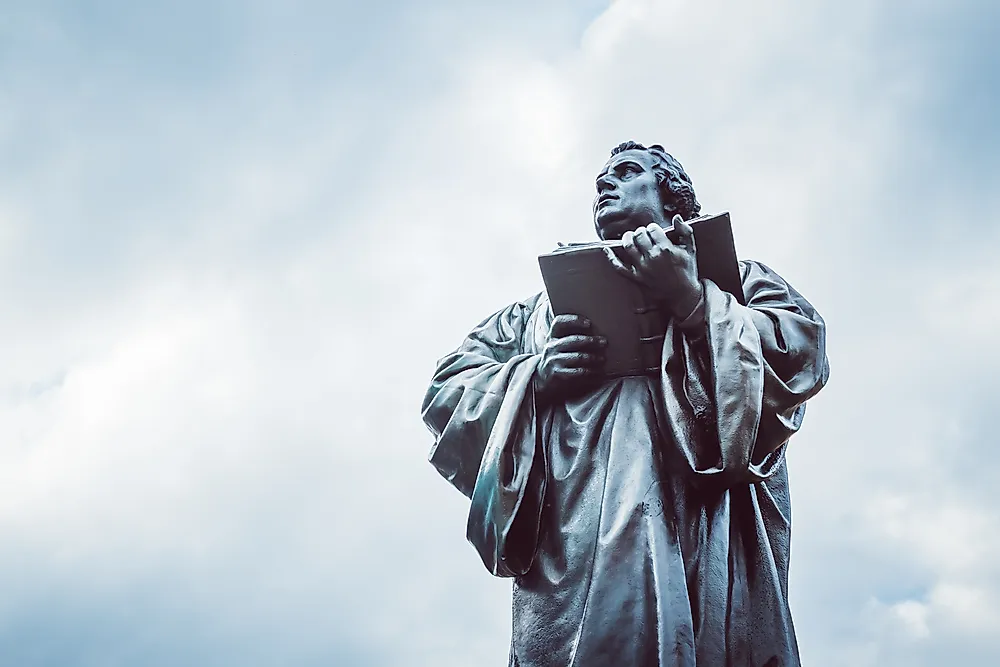What Was the Protestant Reformation?

The Protestant Reformation was a movement that set up changes that happened in the Catholic Church in the 16th century. Under the Protestant leaders like Martin Luther and John Calvin, the Protestant Reformation created multiple challenges for the Church that eventually led to the creation of new categories of Christianity.
Martin Luther's 95 Theses and the Start of Protestantism
Martin Luther, who can be viewed as the founder of Protestantism, was a monk of the Augustinian order and a professor at Wittenberg University. His significant contribution to the start of the Protestant Reformation was the publishing of his famous "95 Theses" in 1517. In his publication, Luther confronted many problems that were happening in the highest orders of the Church. It was Luther's idea that the "95 Theses" could redesign the Christian practice and reconstruct the power structure within the Catholic Church.
The primary upset was caused by Luther's concept in which only the Bible can be the ultimate origin of authority and not the tradition in which the Church itself was organized. In that way, even the authority of the Pope was put into question. These concepts were just the prime trigger to the changes that happened in Europe and altered the political and religious structures from the past.
After Martin Luther put his "95 Theses" at the front door of the Castle Church in Wittenberg (October 31, 1517, is considered to be the date the Protestant Reformation started), the reaction of the Church was slow, and it was not until 1521 that Luther was excommunicated. Luther was then protected by Frederick III, who gave him a place to hide. However, the ideas of Protestantism already spread across Germany because Luther cleverly utilized the ability to print his ideas on pamphlets. Those concepts empowered German peasants to an uprising in 1524, and in the years that would come after Lutheranism had become the main religion across Germany, Scandinavia, and the Baltic countries.
John Calvin and the Swiss Reformation
Around the same time, in 1519, the Swiss Reformation started under Ulrich Zwingli, whose ideas were very similar to Luther's concepts of Protestantism. The work was later continued under the guidance of John Calvin, who was a French Protestant. Calvin and Luther shared the same destiny because Calvin was also on the run from the Church.
John Calvin, like Luther, used that time wisely and wrote his book called the "Institutes of the Christian Religion." In 1541, he put his work into practice within Geneva. Reformation that happened in Geneva was of similar implications like the one that occurred in Germany. John Calvin also called for a return to God's authority as the only one who has the power to save. Calvinism rapidly changed the religious map of Western Europe as it reached France, Scotland, and Transylvania.
All these changes came with a cost because Europe went through a myriad of decades filled with conflict that caused many deaths. It's estimated that Germany lost nearly 40% of the population during the Thirty Year War, a conflict that started between the now disintegrated various parts of the Catholic Church. That war later proved to be one of the deadliest wars in Central Europe, because more than 8 million people died in the period between 1618 and 1648.











